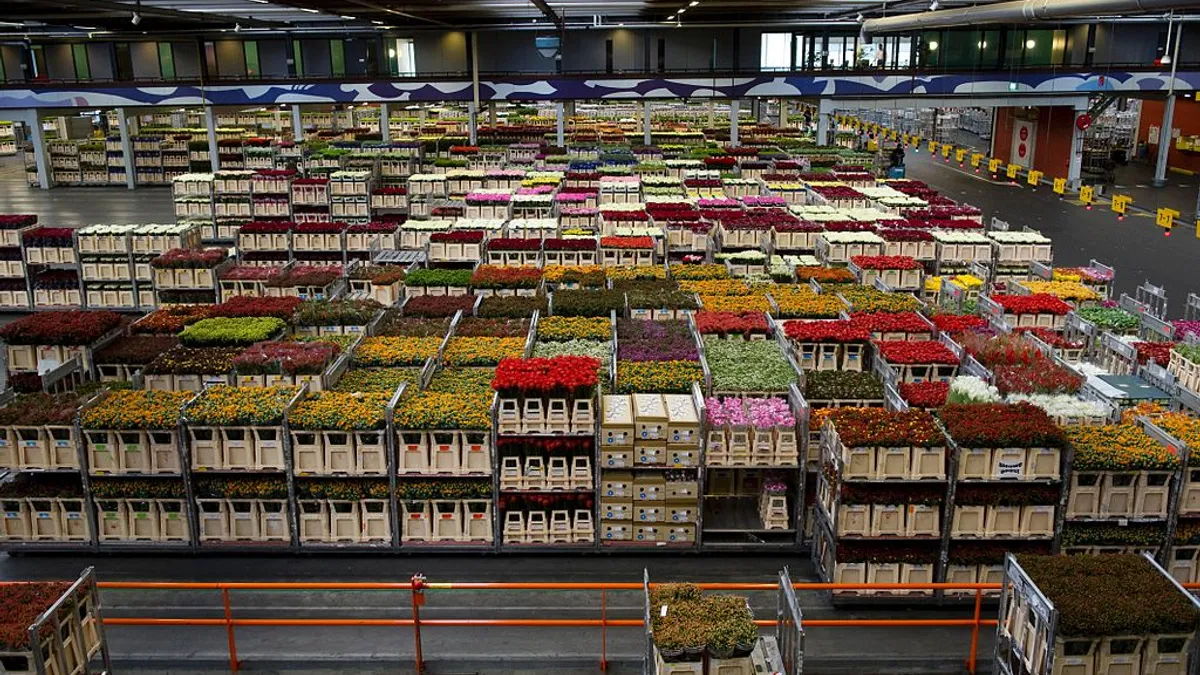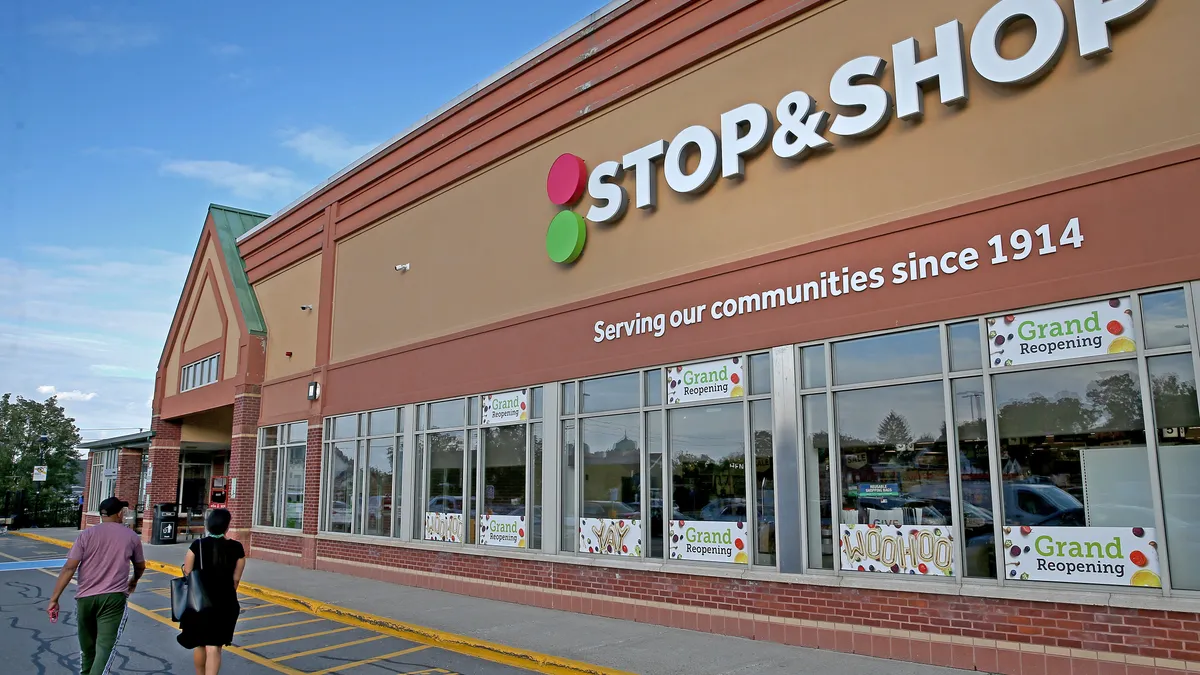Dive Brief:
- Even with its acquisition of Whole Foods, Amazon needs to invest heavily in specialized distribution centers to offer grocery delivery on a wide scale, according to experts interviewed by Reuters.
- Amazon currently has 3 million square feet of warehouse space for its AmazonFresh and Amazon Prime grocery operations. Experts estimate the company will need to add a dozen or more additional distribution facilities to adequately supply Whole Foods shoppers and deliver to consumers’ homes.
- Walmart, by comparison, has 10 times as much warehouse space dedicated to grocery.
Dive Insight:
Amazon is a master of distribution, with numerous fulfillment centers totaling more than 100 million square feet of space. But only a small fraction of this infrastructure is dedicated to grocery, which requires special cooling and storage systems meant to house fresh products and prevent contamination.
The online company has the capital to build up its distribution network here, but doing so in a way that allows it to fulfill Whole Foods stores and deliver to consumers’ homes will be tricky. Grocery e-commerce is still in its infancy, and although companies like Amazon can bet on increased demand in the years to come, it’s difficult to know how and where, exactly, that demand will grow. Siting distribution centers to maximize efficiency for physical stores, online growth and perishability will be difficult, especially for a company that’s new to grocery.
Although Whole Foods has just over 1 million square feet of warehouse space — “a peanut” in the broader industry landscape, according to a consultant interviewed by Reuters — Amazon can lean on the company’s grocery expertise. The e-commerce giant can also leverage Whole Foods stores as distribution points, though as Reuters and numerous industry experts interviewed by Food Dive point out, this has its limitations.
Stores aren’t optimized for e-commerce procurement, and workers picking groceries can disrupt the shopping experience. As home delivery and click and collect orders increase, retailers will inevitably have to look beyond their aisles and backrooms to fulfill orders. In addition to large warehouses, grocers like Whole Foods may need to build intermediate facilities and so-called “dark stores” to meet demand.
Amazon’s limitations in distribution highlight the long journey still ahead for the company. Many saw in its acquisition of Whole Foods an imminent takeover of the food retail industry. If in fact that’s going to happen, it will take time. The company’s patience and technical know-how will help it scale its infrastructure, and industry observers should be prepared to wait months — perhaps years — before it can deliver on its e-commerce potential.










